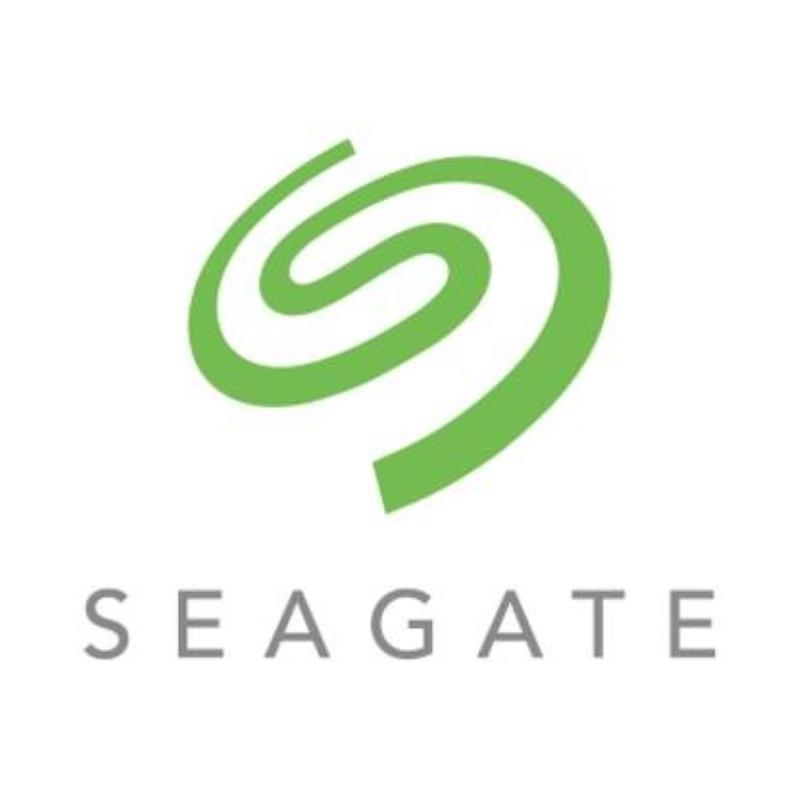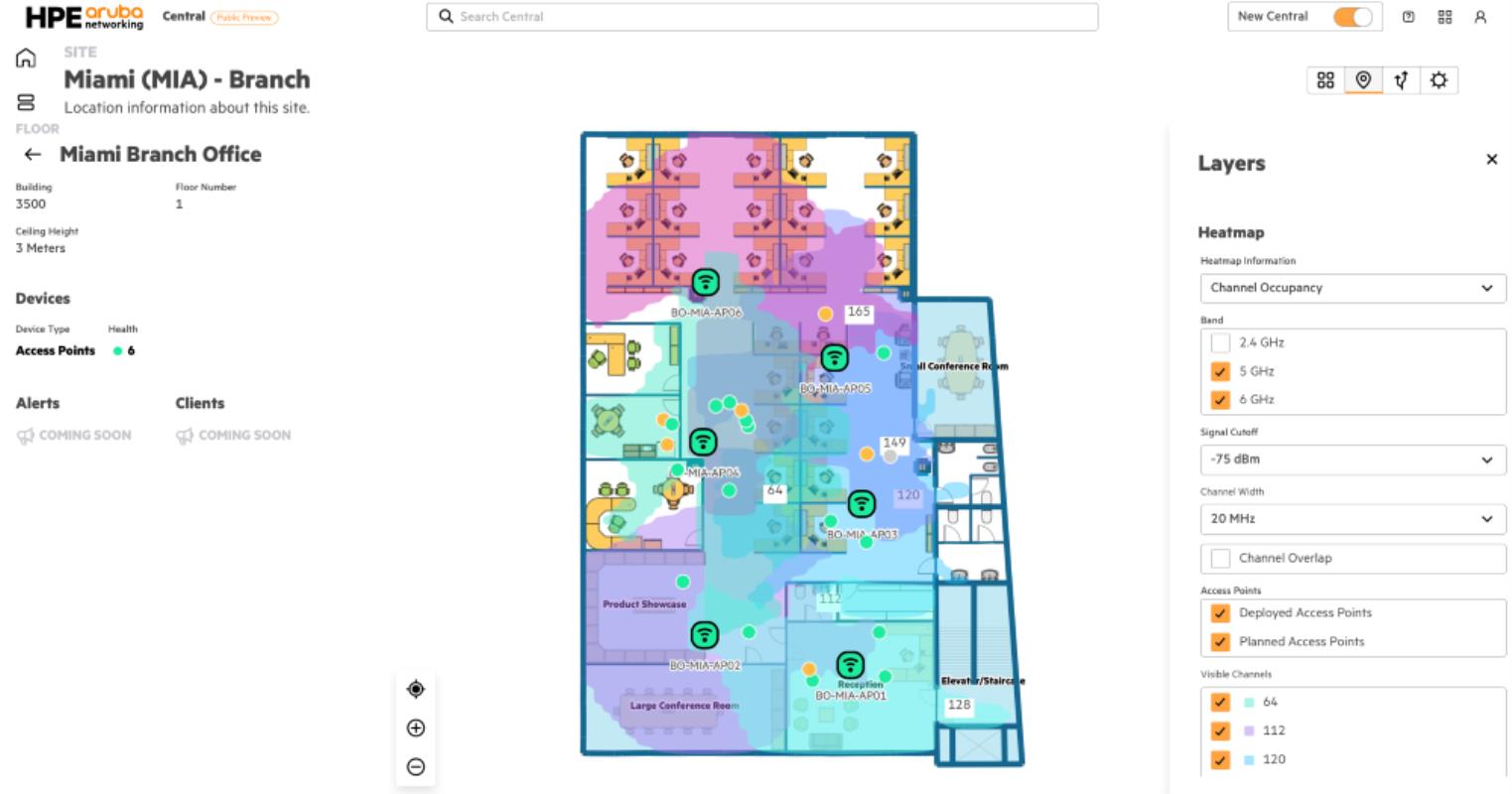Convergence of AI, complex systems simulation, data visualization, and IoT can extend digital twin usage beyond factory levels for global strategy simulation
Industrial Metaverse expected to reach $400 billion by 2030, with the potential to exceed $1 trillion, accelerating growth
Connected digital twins of industrial systems can facilitate rapid "what-if" simulations, improving supply chain, utilization, and operational costs
Industrial Metaverse has the potential for double-digit percentage improvements in growth, sustainability, and cost management
Industrial Metaverse less dependent on immersivity and interoperability compared to Consumer Metaverse
Arthur D. Little (ADL), the world's first management consulting firm, launched its highly anticipated Industrial Metaverse report under the Blue Shift banner. Titled “The Industrial Metaverse: Making the invisible visible to drive sustainable growth”, the report provides valuable insights into the developing concept of the Industrial Metaverse, its potential impact on various sectors, and the challenges and opportunities it presents.
ADL predicts that the Industrial Metaverse could lead to double-digit percentage improvements in areas such as supply chain, utilization, and operational costs as well as driving growth and managing sustainability impacts. ADL forecasts an acceleration of the Industrial Metaverse market, with an estimated size of $100-150 billion expected to rise to $400 billion by 2030, potentially exceeding $1 trillion.
"Despite the current setbacks, the Industrial Metaverse has the potential to transform the way executives leverage digital technologies, elevating them from the operating level to the strategic level," said Thomas Kuruvilla, Managing Partner of Arthur D. Little Middle East. "Many businesses in GCC are already some way along the digitalization journey - leveraging the power of digital twins, artificial intelligence, connectivity, and collaboration technologies. Businesses need to make sure they don't miss out on the additional potential that the Industrial Metaverse offers for better-informed strategic decision making for growth, profitability, and especially ensuring safety and sustainability."
Unlocking the Potential of the Industrial Metaverse
Despite the current sense of disillusionment with the Metaverse, new research by ADL reveals that businesses would be wrong to write it off. The continuing convergence of developing technologies, including Artificial Intelligence, complex systems simulation, data visualization, and connectivity (IoT), have the potential to enable executives to extend the use of digital twins beyond factory level towards strategy simulation for an entire global enterprise.
Strategic decision making is increasingly difficult due to increasing complexity, uncertainty, and the challenges of managing sustainability across global supply chains. Through creating connected digital twins of whole industrial systems and supply chains, businesses can rapidly conduct "what-if" simulations for strategic decision-making.
Unlike the Consumer Metaverse, progress on the Industrial Metaverse is much less dependent on full immersivity and interoperability, two of the biggest current barriers towards Metaverse adoption.
Navigating the Industrial Metaverse
Industry 4.0 technologies have proven to bring significant benefits to companies that have successfully implemented them. According to data from Arthur D. Little's Operational Excellence Database, these benefits are substantial, including reductions in operational capital deployed and supply chain costs ranging from 15% to 30%. Additionally, companies have seen a 30% increase in production capacity utilization and maintenance costs reductions of 10% to 40%. Nevertheless, there are some common challenges towards digitalization, including high upfront investment, difficulties in coordinating the required cross-functional transformation, challenges in data security and management, lack of available skills, and limitations imposed by legacy IT systems.
ADL's report sets out a clear model for what the Industrial Metaverse really means in terms of key technologies and functionalities. It provides an extensive overview of current and future applications and use cases and their benefits, from operational optimization and training to technical tools and strategic management solutions. It also provides clear guidance on how companies can overcome the challenges towards full implementation. Key steps include reviewing their digitalization strategy, identifying value-adding opportunities, implementing pilots, and building a partner ecosystem for success.

"Conventional strategic decision-making is no longer sufficient," emphasized Dr. Albert Meige, Director of Blue Shift at Arthur D. Little. "Companies must harness the potential of the Industrial Metaverse to drive performance improvements, optimize operations, and achieve net-zero growth. Unlike the consumer Metaverse, the Industrial Metaverse does not depend on full immersivity and interoperability, so these barriers are less significant going forward."
For more information or to access the Industrial Metaverse report, please visit The Industrial Metaverse | Arthur D. Little (adlittle.com)




































































